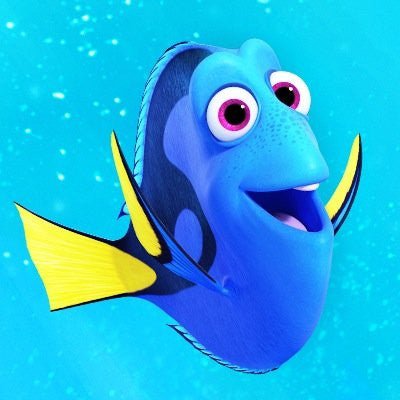When we see a jellyfish washed up on the beach or pulsating along under a jetty, most of us don’t realise we are only witnessing a small part of the jelly’s story. These apparently simple creatures, which consist of 95% water, have a life cycle that is anything but simple.
The bell shaped, tentacle adorned animals we recognise as a jellyfish is in fact just the adult form of the animal, known in scientific circles as a Medusa. These adult jellies reproduce, much the same way as many other creatures. When a mummy and daddy jelly…………well you get the picture.
The resulting fertilised egg will then drift on ocean currents as a larvae until it finds a suitable site on the seafloor to settle and attach. On settling the larval jelly undergoes the first of many dramatic physiological changes or metamorphoses. It forms a polyp, a soft jelly like blob. The jelly polyp can remain at this stage, in a form of suspended animation, for many months and in some cases several years. The polyp remains in this state until conditions are conducive for the next phases in the jelly’s life.
When the conditions are just right; be it a seasonal change, changes in water chemistry or the presence of food, scientist still aren’t entirely sure; the polyp begins to drastically change its structure. Initially by producing a series of tentacle like structures to form a Scyphistoma, and later by forming itself into a structure known as a Strobila. This Strobila phase in the life cycle is rather unique in that the jellyfish undergoes a process in which it reproduces asexually, to put it simply it begins to clone itself a jelly army. The strobila structure consists of many disc like sections staked one on top of each other. As this structure matures, these discs begin separating one by one, begin pulsating and a baby jelly as we know it is formed.
These newly formed jellies or medusas will then drift the oceans currents, feeding almost continually on phytoplankton and zooplankton and eventually, if they can avoid being washed up or eaten by a sea turtle, mature into an adult medusa in as little as a few weeks or months depending on the species and environmental conditions.
These curious life cycle adaptions have allowed jellyfish to make the most of favourable conditions while having the ability to hit pause when times are tough. This is probably why jellyfish and their ancestors have populated the world’s oceans for over 500 million years. All this accomplished by a creature that is 95% water, has no brain, heart or other major internal organs. So next time you dismiss a jellyfish as just a clear blob of gloop. Just think of how complex that animal’s journey has been to get to that point.
If you want to keep your own jellyfish and enjoy this mesmerizing animal in your apartment or house then consider a Cubic Orbit 20 jellyfish aquarium from Kellyville Pets.
Written by Andy, Marine Aquarium Technician @ Kellyville Pets

Image by www.dojellyfish.info





